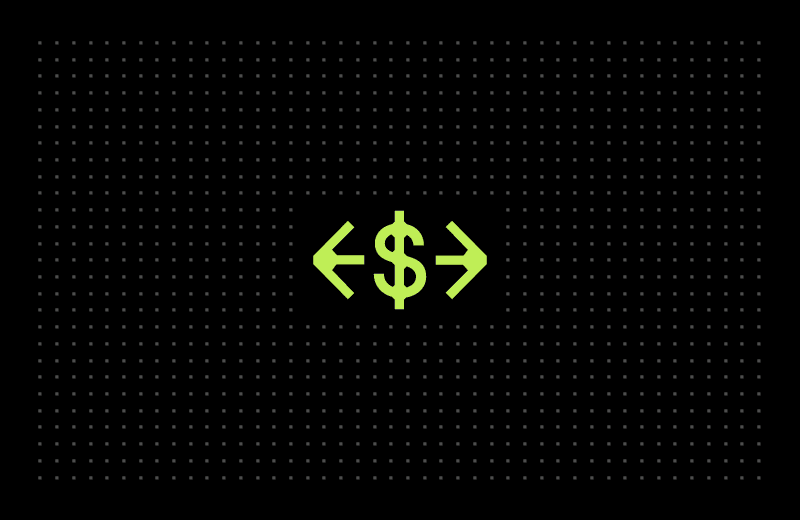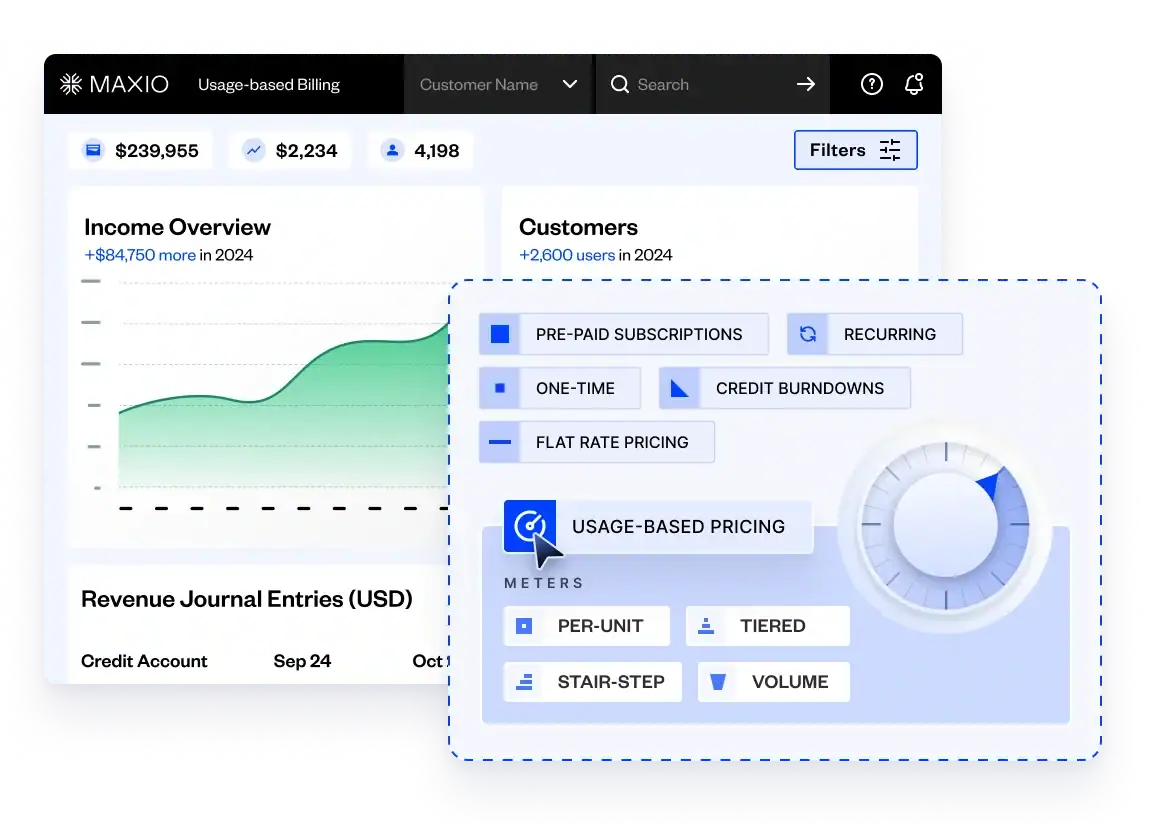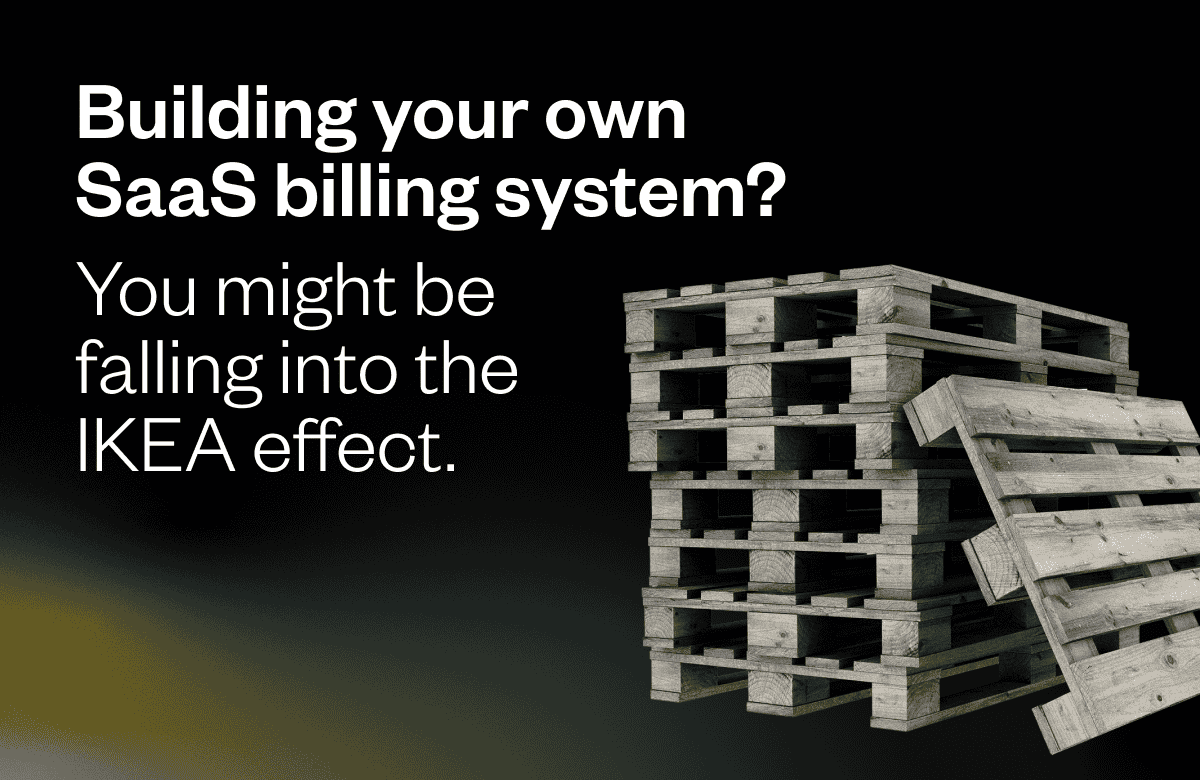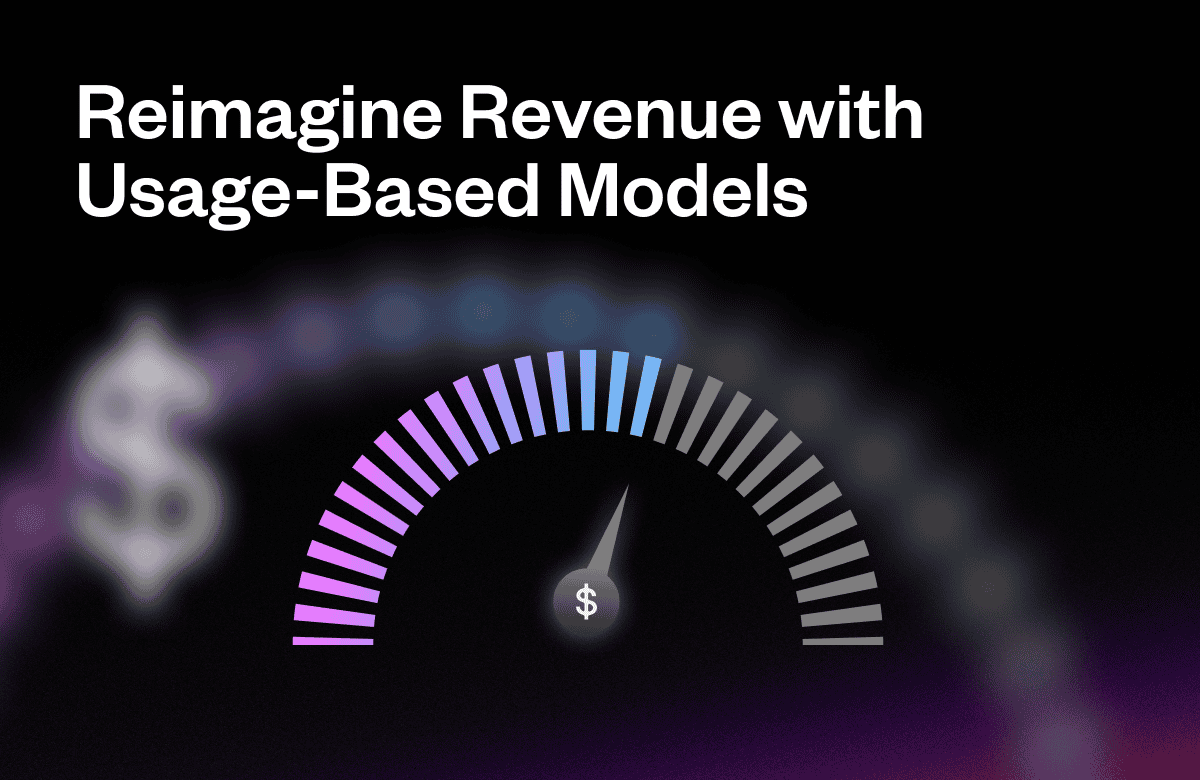In sales, showing is infinitely more powerful than telling. And in SaaS, this couldn’t be easier than by offering free trials.
SaaS free trials allow you to engage new potential customers by showcasing the value of your product or service firsthand. SaaS companies, in particular, are uniquely positioned to take advantage of free trials as a part of their customer acquisition strategy.
Free trials have minimal risks, but that doesn’t mean they’re risk-free… There’s always a chance that your customers won’t renew after the free trial period ends or that they won’t upgrade to a paid subscription.
So, how do you make the most of this powerful strategy? In this guide, we’ll outline the best practices for offering free SaaS trials and how you can leverage them to increase your user base and earn more revenue.
What is a SaaS free trial strategy?
A free trial strategy in SaaS involves giving new customers free access to your software. This may be through a limited-time free trial period, or by offering a free option with limited features or certain usage restrictions – also known as a freemium model.
In many cases, companies take payment information from free trial customers, but the customers don’t have to make an upfront payment. They just enter their credit card details to show you that they’re seriously considering the tool. This setup allows new users to experience the value of your product without making an immediate financial commitment.
Conversion rates for SaaS free trials tend to be relatively high, resulting in more paying customers and higher revenues.
Typical length of a free trial in SaaS
The ideal free trial length for your SaaS product will vary based on its complexity and its average time to value (TTV), a metric showing how long it takes customers to realize your SaaS is worth the investment. You want to give new users time to realize the value of your product, but you also need to build a sense of urgency so that they feel the need to subscribe at the end of the trial.
When deciding on the length of your free trial offers, consider the following criteria:
- Product Complexity: High complexity software (like a CRM) typically means it takes longer to evaluate – meaning you’ll need a longer free trial period.
- Price Point: A higher price point typically means more internal buy-in and a longer decision process.
- Current Free Trial Performance: If users are frequently asking for extensions or you have high churn rates on the free trial, consider extending the period.
There is no silver bullet here. Keep monitoring and testing what gets customers to stay and what causes them to leave. Then, tweak your trial length accordingly. The most common free trial lengths are usually within a 7- to 14-day window, though some companies have great success with five-day trials while others offer a full month.
Types of SaaS free trials
The B2B SaaS free trial model has a lot of advantages, but to make it as successful as possible, you should use the most appealing method for your target customer base. Here are a few variations:
- Freemium model: You provide a free version of your product, typically without any time constraints. This version has less functionality in comparison to paid versions of your product. Once your free trial users have experienced the value your product provides, you can ask a member of your sales or customer success team to engage in upsell or cross-sell activities.
- Free trial without a credit card: You allow users to try your product for a limited period of time without requiring payment details in advance. This can be appealing to customers who are skeptical about your product, or who have failed to cancel ‘free trials’ on time in the past. However, these users may just be testing the waters and may not be high-quality leads.
- Free trial with a credit card: You let new users experience the value of your product with a free trial, but you take their credit card details to get a soft commitment. You can follow up with them at the end of the trial to see if they’d like to upgrade to a paid version of your SaaS.
- Free trial post-product demo: Customers can access a free trial after attending a product demo, usually held in the form of a video conference or webinar.
When planning your free trial, keep in mind: Consumers have a lot of products vying for their attention, and they aren’t just going to use something because it’s free. For this reason, any free trial you provide should be paired with a well-planned customer acquisition strategy within the trial process.
SaaS free trial best practices
To convert trial users to paid customers, you need to hone in on their pain points and show them why your SaaS is worth the investment. Here are a few ways to help your users get the most out of their free trial experience.
Start with clear expectations
New users need to understand exactly what your software does when signing up for a free trial. Don’t allow salesy messaging to overpromise on your free trial landing page in an effort to increase free trial sign-ups. If they think they’re getting one thing and they get something else, they’ll be less likely to convert at the end of their free trial period.
Instead, provide a clear and articulate description of what features your trial includes – being sure to call out any that are gated during the trial period. If your product provides no-code solutions, but they can’t be saved, used, or published until after paying for a full subscription, mention that. Having this awareness when starting their free trial allows users to focus on testing the product without being distracted by finding solutions that they don’t yet have access to. It also builds anticipation for accessing those gated features after subscribing, and enables retention rates to stay high over time by providing exactly what had been promised.
Acquire credit card information
While some SaaS businesses don’t require credit card information to activate the free trial, doing so has a definite impact on increasing conversions. Multiple studies (like this one and this one) show varying conversion rates when testing trials with and without credit card details required … and all of them show that requiring a credit card leads to significantly higher conversion rates.
It’s worth noting that you don’t have to charge the card—simply requiring a credit card to activate the trial does enough to qualify leads and prove their true interest in your product.
However, you also have the option to request or require user approval at signup for auto-enrollment in your program after the free trial ends. This helps to increase your conversion rates, however, consumers usually feel skeptical about it. They don’t want to start a trial, forget to cancel, and get charged for months of access before remembering to cancel. For this reason, requiring credit card information does tend to reduce the number of free trial signups in total.
Provide a personalized and comprehensive user onboarding process
Trial users will only upgrade or continue their subscription if you provide a great user experience that showcases your product’s value. To ensure they know how to get the most out of your product, develop a comprehensive onboarding process featuring webinars, tutorials, or other educational materials to prepare them to use your product.
Then, consider using personalized trial dashboards or notifications that show users the features they’ve tried and the ones they have yet to sample. Include the user’s personal details, like their name and company information, their goals for the software, and a personalized plan to follow that would help them reach that goal.
Finally, consider using an email marketing campaign to check in with customers, give them additional ideas or inspiration about how to optimize your product, and of course, remind them when their trial period is approaching its end.
Ensure that free trials fully show off your solutions
For every stage of the sales cycle, from the prospect’s first introduction to the software to the moment they sign up as a paid user, you must clearly show how your product solves their problems. The free trial is the best chance to do this.
Beyond simply providing access and offering guides, consider walking users through real-life uses and case studies. Show each trial user step-by-step examples of how others have used your software to solve the same problems.
The benefits? Providing a hands-on experience creates a stronger connection with the user and increases the chances of conversion. It allows users to see exactly how your product solves their problems and improves their workflows. And, perhaps most importantly, it sets realistic expectations for customers, letting them feel confident that your product meets their needs.
Don’t make your free trial too long
If your free trial is too short, customers won’t get a chance to get to know your product. But if it’s too long, they may forget about it and fail to try it out. In both cases, they leave the trial without converting into a paid user. In the worst case, their lack of understanding after participating in the trial may leave them with the impression that your product isn’t right for them, when in truth, they just didn’t try it out properly.
You need to make sure that your SaaS free trial is long enough that they get a chance to explore your features, but you also need a length that encourages urgency. Depending on the complexity of your product, this is usually somewhere between one and two weeks.
Maintain contact with trial users
Don’t let closed-lost deals go.
If someone ends their trial, don’t give up on them. Instead, have your Customer Success team reach out and ask them why they left. Find out what motivated them to jump ship, and point out solutions to their concerns. Or, leverage that information to improve your product or the type of free trial that you offer.
The same is true for defecting subscribers. While churn rates tend to be relatively low once users become subscribers (the median churn rate is only 13% for SaaS subscribers), it’s still worth reaching out to those who do decide to end their subscriptions, as those users will have extremely valuable feedback having used your product for so long.
Track free trial conversion rates
Famed management consultant Peter Drucker is often quoted as saying, “If you can’t measure it, you can’t improve it.”
This is as true for free trials as it is with anything else. You’ll never know whether or not your free trial business model is working until you track the numbers. Once you have hard data, you can compare it to your specific goals or other benchmarks from similar SaaS businesses. The right financial insights and industry trend data can help you identify opportunities for improvement.
The free trial period can be used to supplement your broader pricing strategy if you embrace these best practices. As you set up your trial strategy, expect to experience a bit of trial and error. Pay attention to what works and what doesn’t. Then, adjust as needed.
Wrapping up
The SaaS free trial strategy lets you give customers a risk-free, hands-on look into your software, allowing them to really see how your tool can solve their business pain points.
Setting clear expectations, providing personalized onboarding, and showcasing the value of your solutions are key to attracting and retaining trial users. By tracking conversion rates and maintaining contact with trial users, you can continuously improve your strategy and address customer concerns.
By following the best practices provided here, you can enhance your customer acquisition strategy, increase conversions, and generate more revenue.
Want to make the most of free trials in your business?
Maxio supports your evolving monetization strategy with a flexible billing engine built for your B2B needs. Schedule a demo to learn more.





